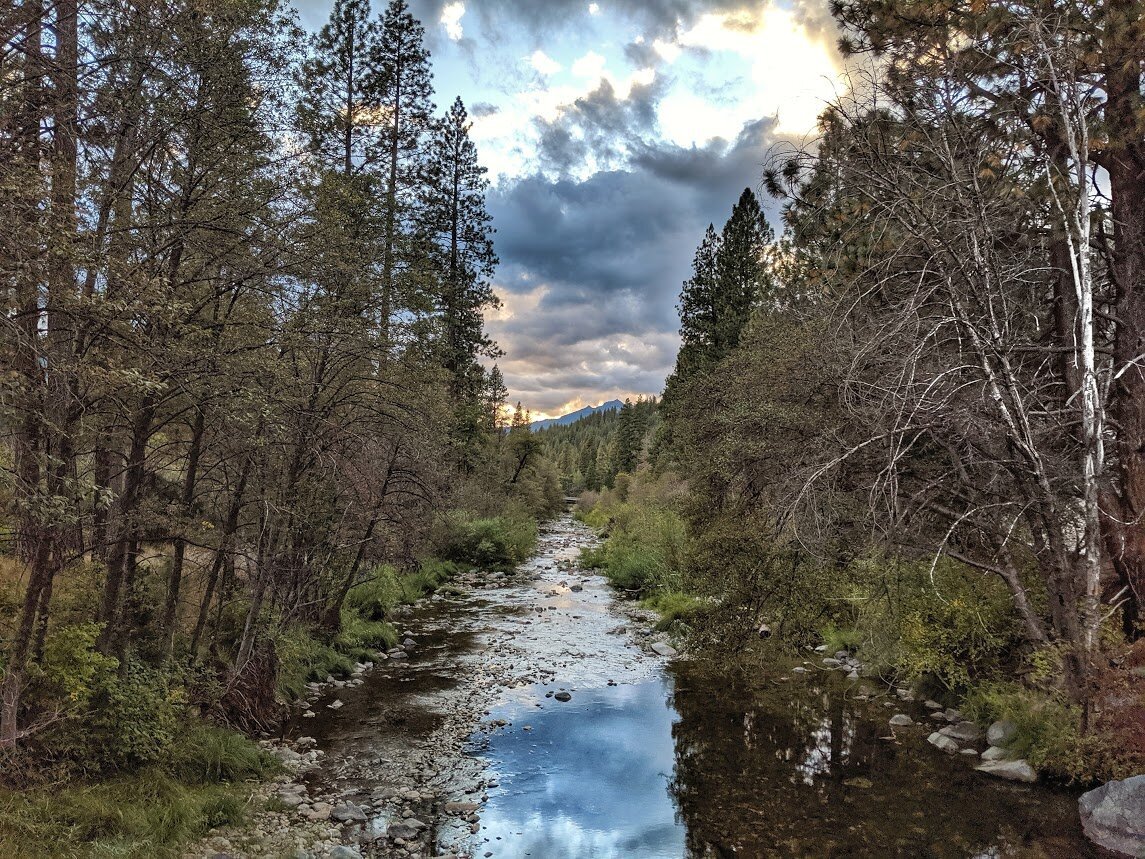Transforming a Tributary for Future Generations
The Klamath River, historically vital for California's salmon, was once the third largest producer of salmon on the West Coast. Unfortunately, its considerable runs of coho have been reduced by hydropower dams, irrigation projects and over fishing. The Klamath dams, four in total, were built between the early 1900s and 1960s, fundamentally reshaping one of the West’s most important watersheds. These hydropower dams were not only devastating for the salmon population, but also for Indigenous tribes who had subsisted on the fish for thousands of years.
In the summer of 2023, history was made when the largest dam removal effort in U.S. history began. Destruction of Copco 2, the first and smallest of the dams, began in June and concluded later that fall. Removal of the other three dams is underway and will be completed in 2024, reopening 400 miles of fish spawning habitat — much of which has been inaccessible for over a century. While dam removal represents a pivotal moment for the future of a wild and flowing river, a larger process of restoring balance in the watershed still remains.
Beaver Valley Headwaters Preserve. Photo credit: Landon Peppel, The Wildlands Conservancy
Restoration doesn’t end with the removal of the four dams. Additional restoration of the Klamath River tributaries are critical to the long-term success of dam removal. There is one tributary in particular that is known as the coho factory of the Klamath watershed. This is the Scott River and it produces the greatest number of federally threatened coho salmon in the Klamath Basin. However, mining, agriculture, and development have significantly altered hydrologic function and degraded riparian habitat resulting in poor conditions for coho salmon.
In 2021, The Wildlands Conservancy purchased the 6,094-acre Hayden Ranch, encompassing 6.7 miles of coho critical habitat. Now called the Beaver Valley Headwaters Preserve, the property contains three tributary confluences to the East Fork Scott River, all within two miles, with habitat that benefits coho in various life stages. Recognizing the statewide leadership of California Trout to save fish, Wildlands welcomed an opportunity to partner together on a restorative journey to recover coho salmon at the Beaver Valley Headwaters Preserve.
Currently, the project is in its design phase, supported by funding from the California Department of Transportation. The next step is to seek implementation funding that will enhance miles of aquatic habitat, restore fish passage to an important cold-water tributary, and increase water efficiency and groundwater recharge on the Preserve. At the same time, Wildlands seeks to promote inclusion of tribal and underserved communities through education, outreach, and partnership. When the project is complete, a transformed landscape of the East Fork Scott River will emerge with improved ecosystem resilience to climate change. A win for the future generations of coho salmon and the communities that rely on their presence.
The transformation of the Beaver Valley Headwaters Preserve is one of broad support and The Wildlands Conservancy is proud to host a network of conservation partners. In addition to California Trout, other partners include; Quartz Valley Indian Reservation (QVIR), the Karuk Tribe, NOAA Fisheries, the Scott River Water Trust (SRWT), the Scott River Watershed Council (SRWC), Siskiyou County Department of Education, California Department of Transportation, California Department of Fish and Wildlife, California State Water Resources Control Board, and others.

